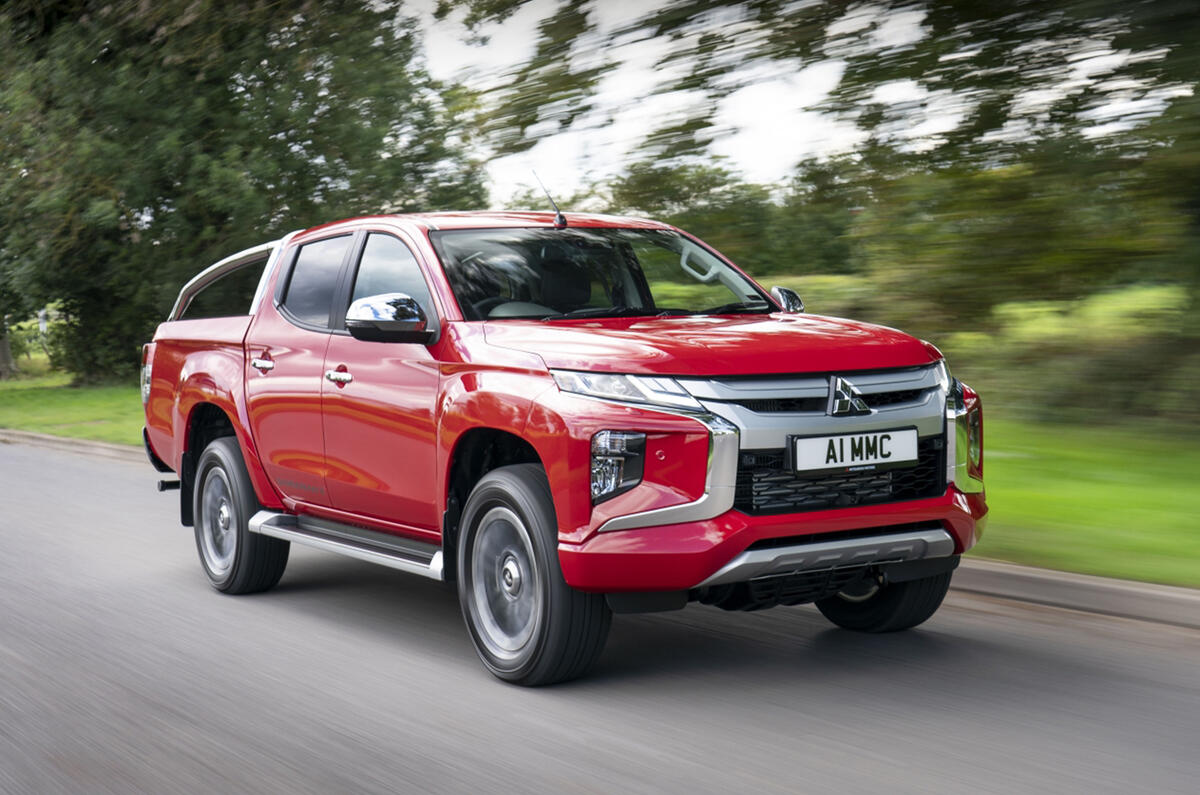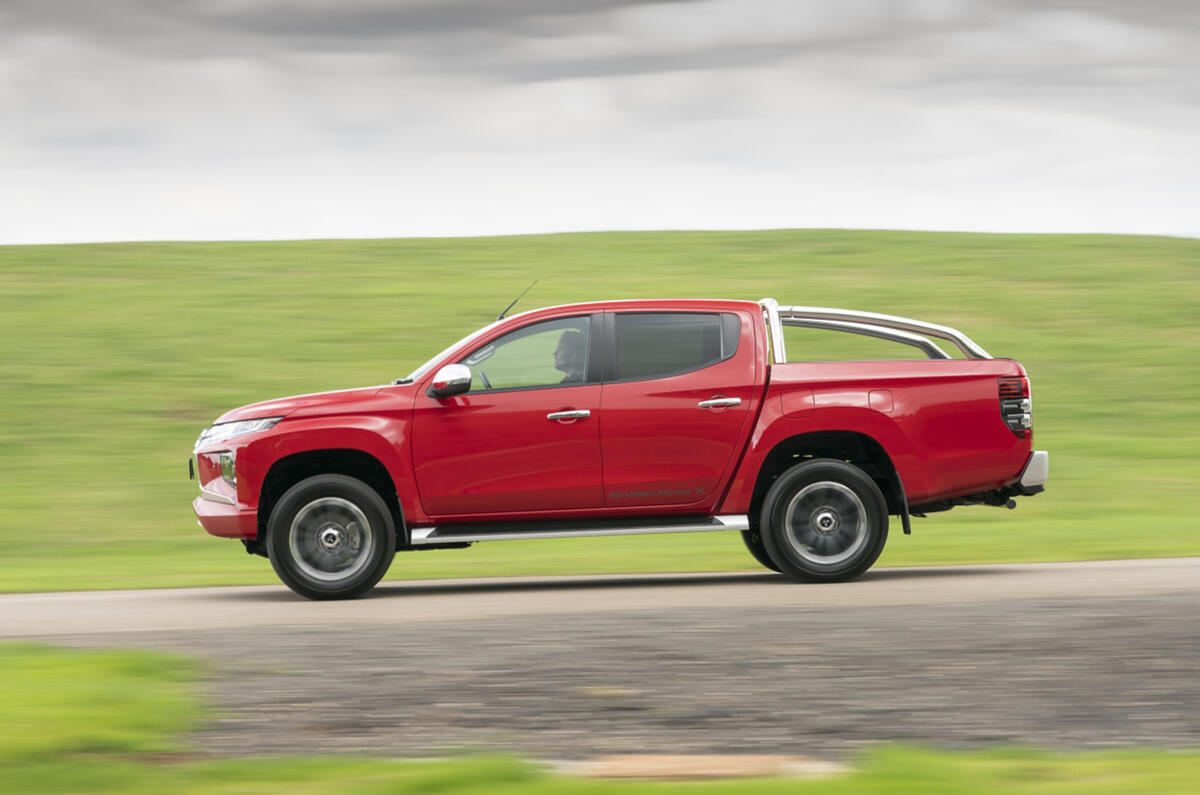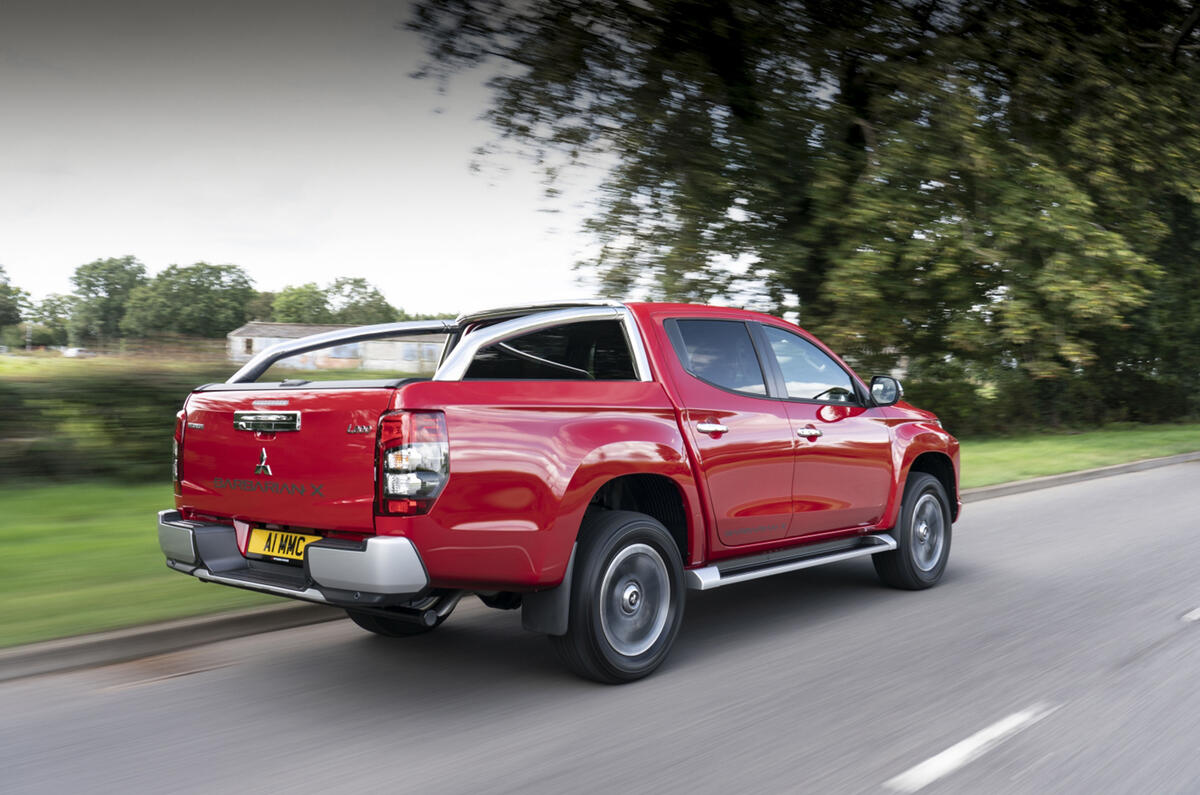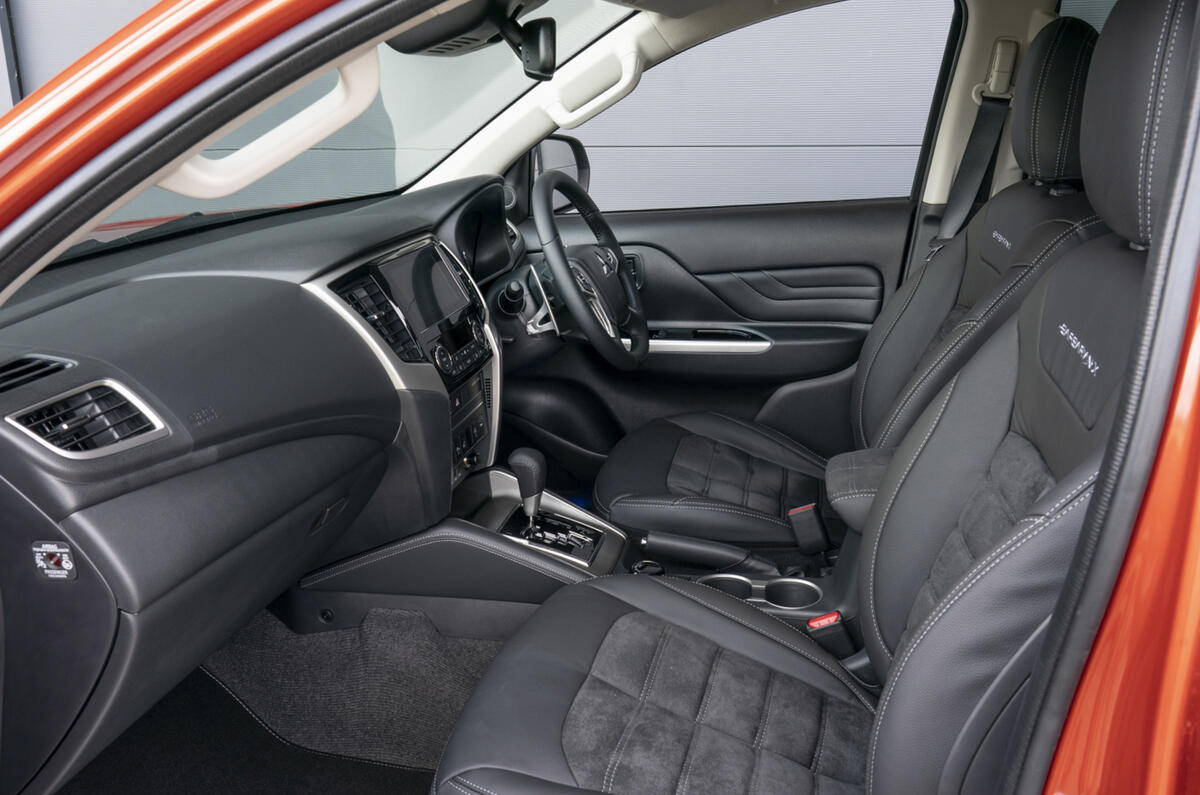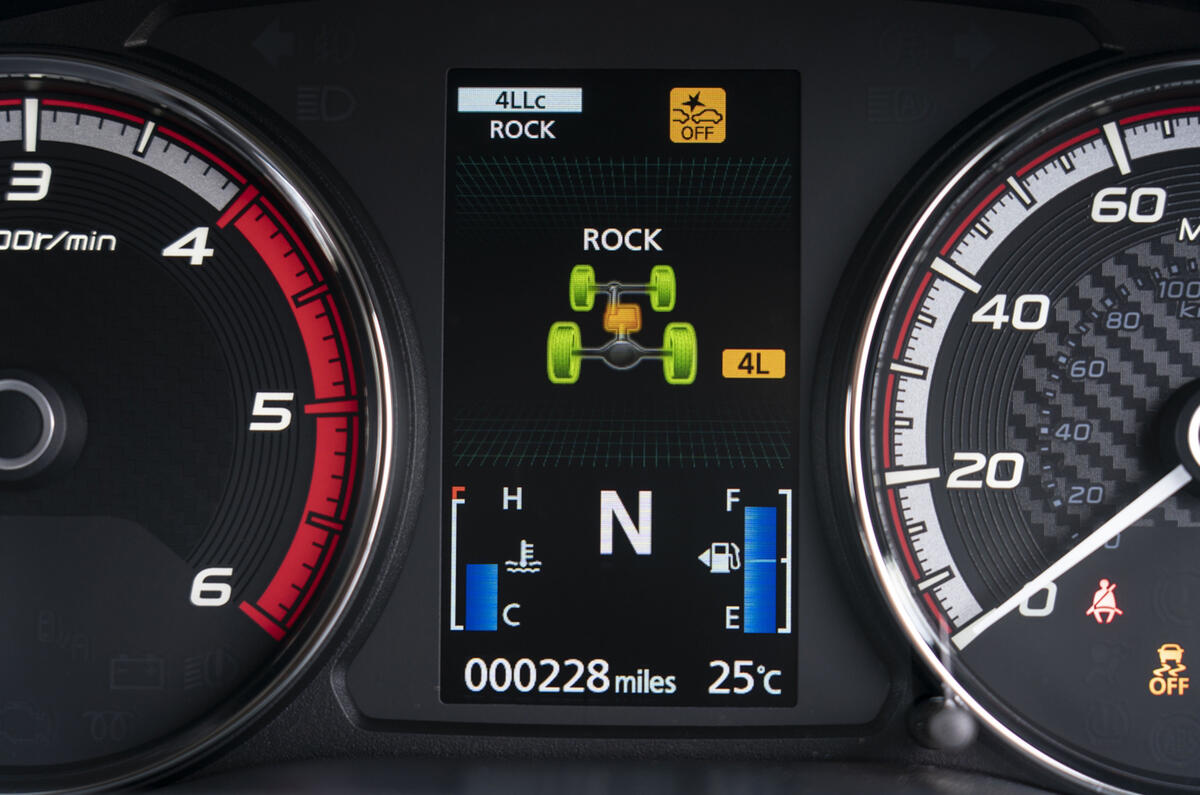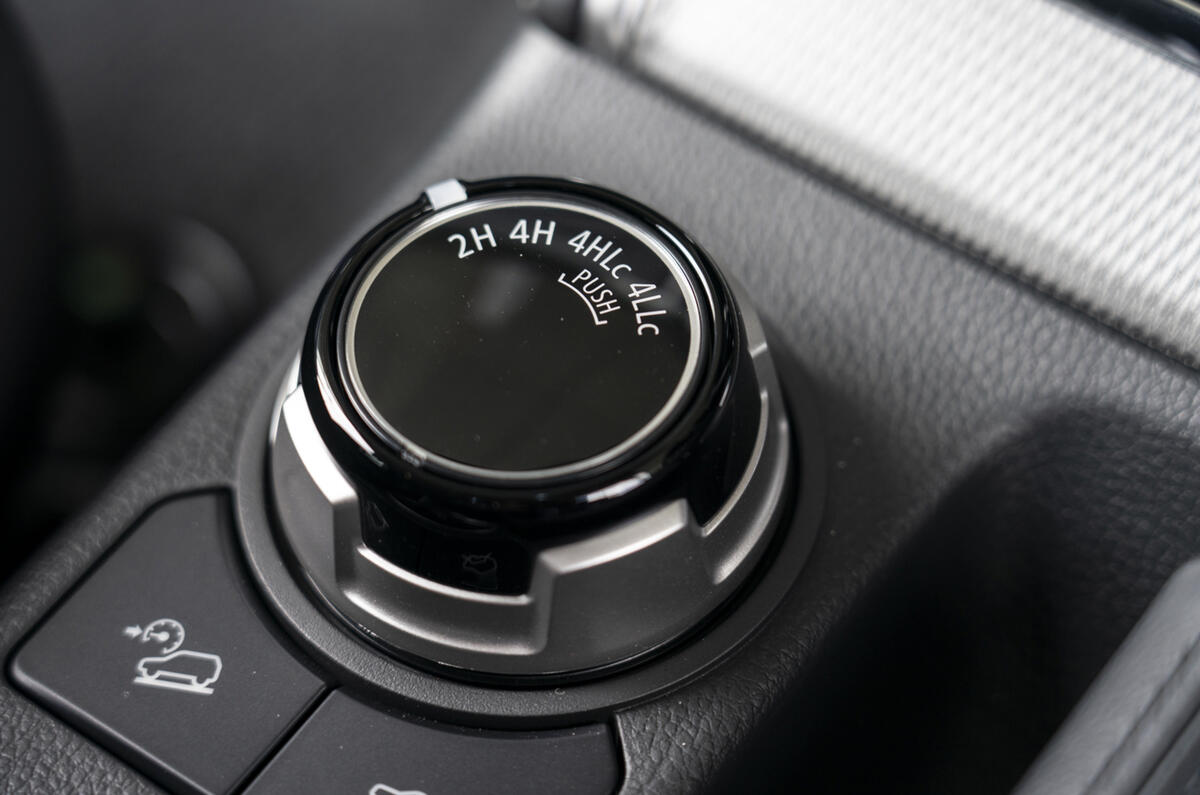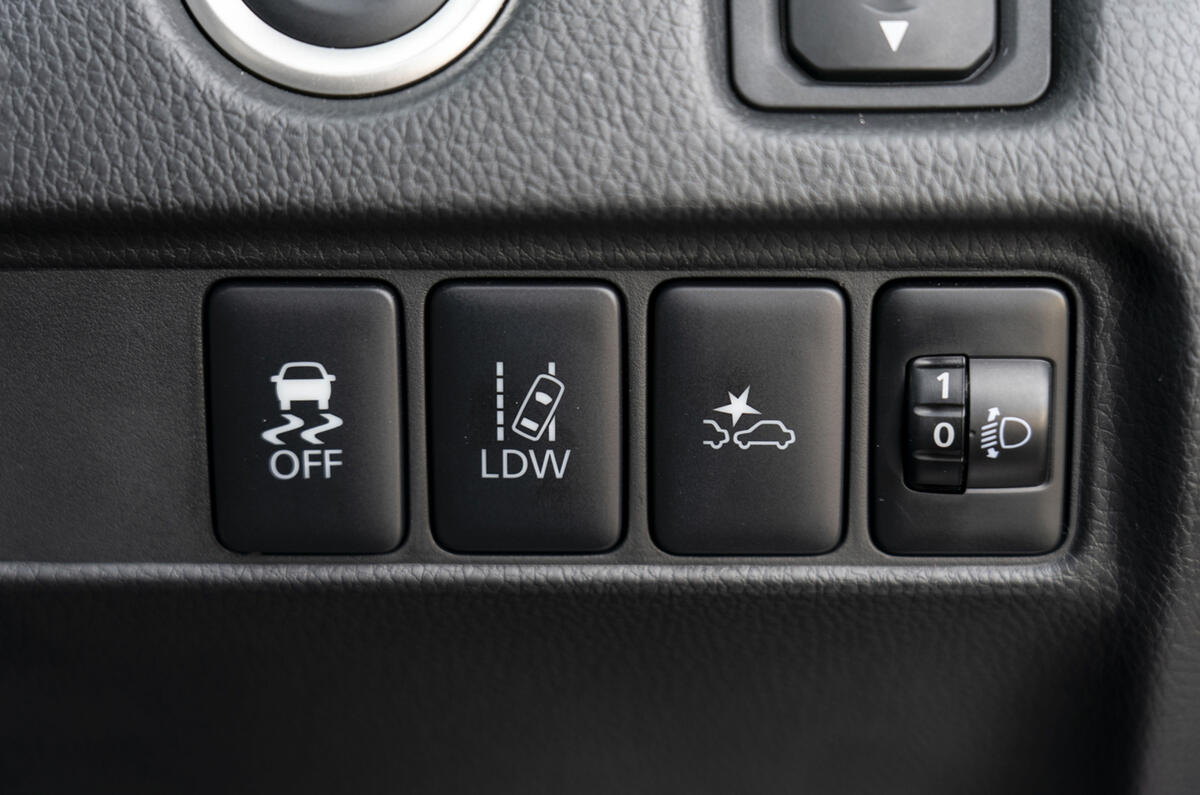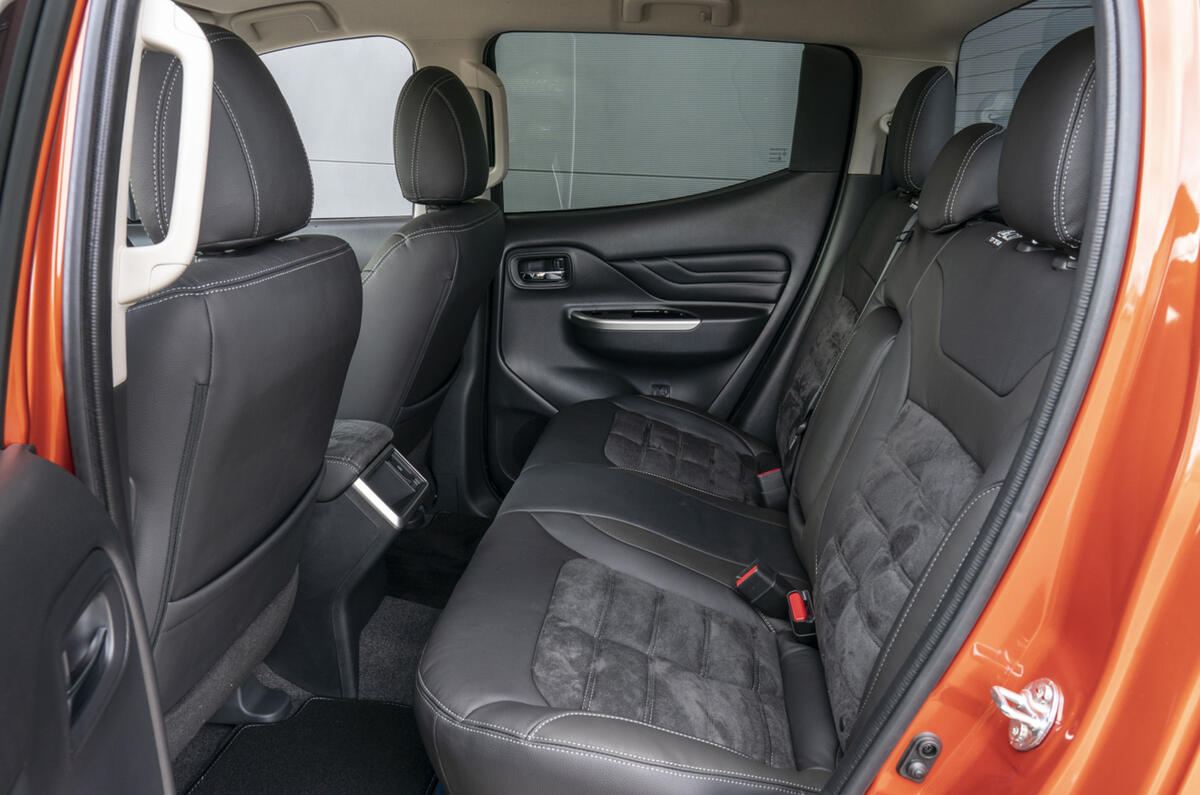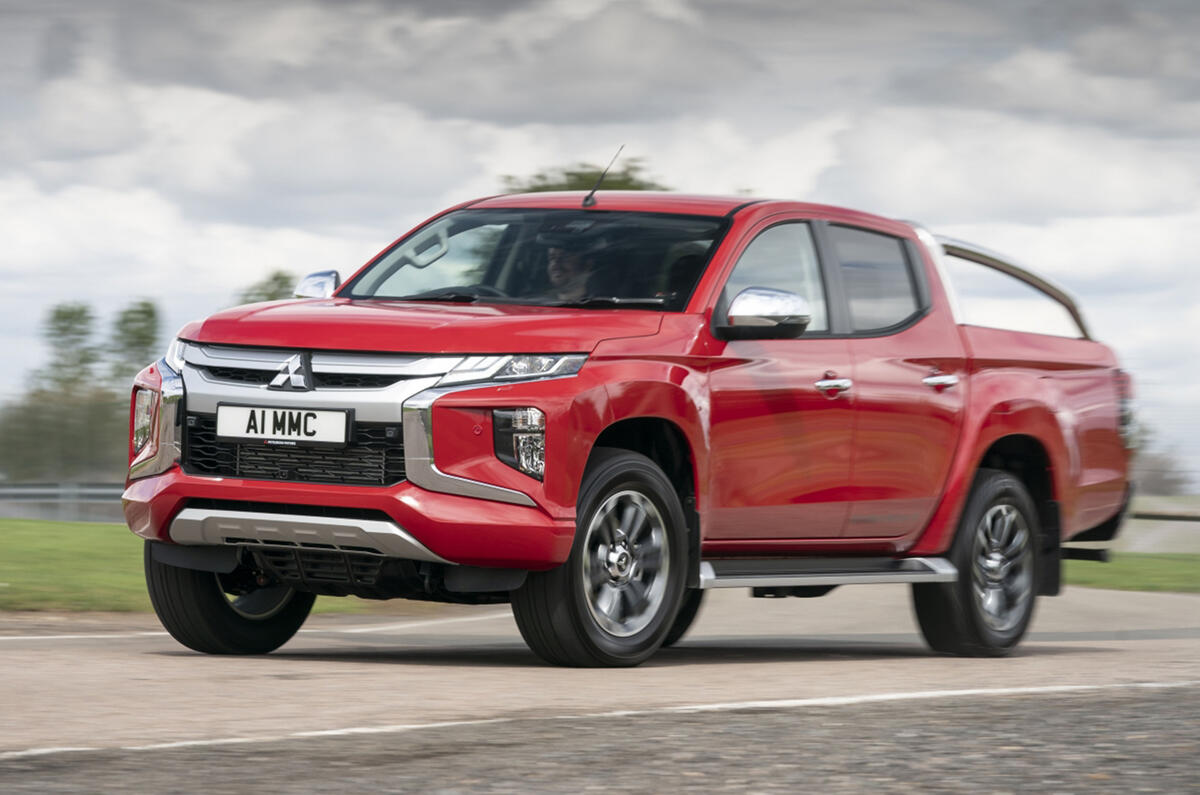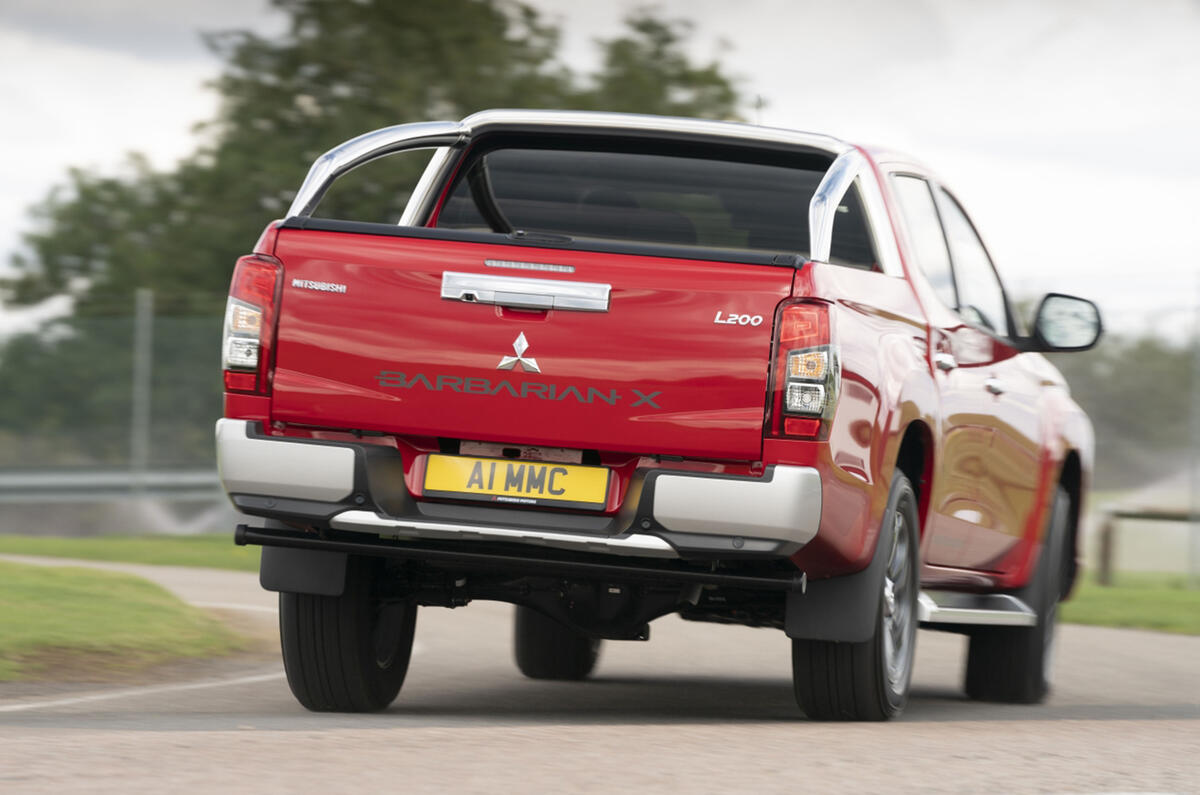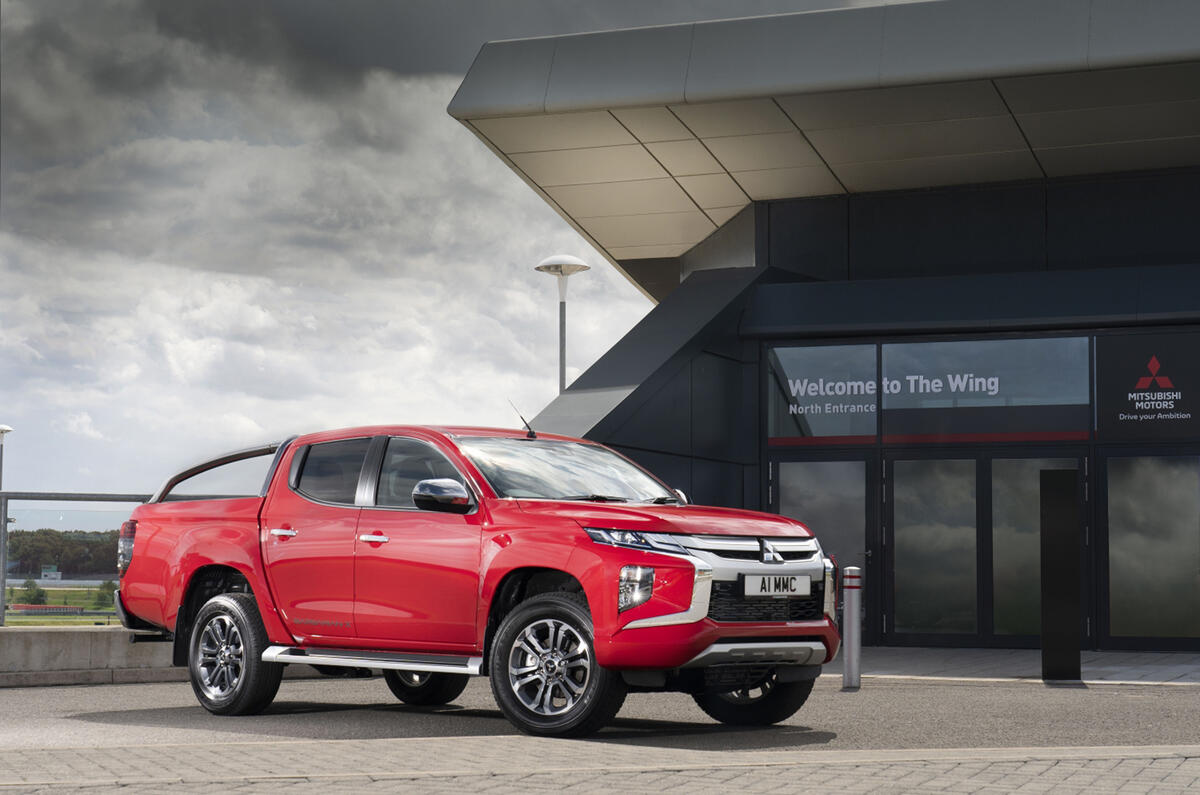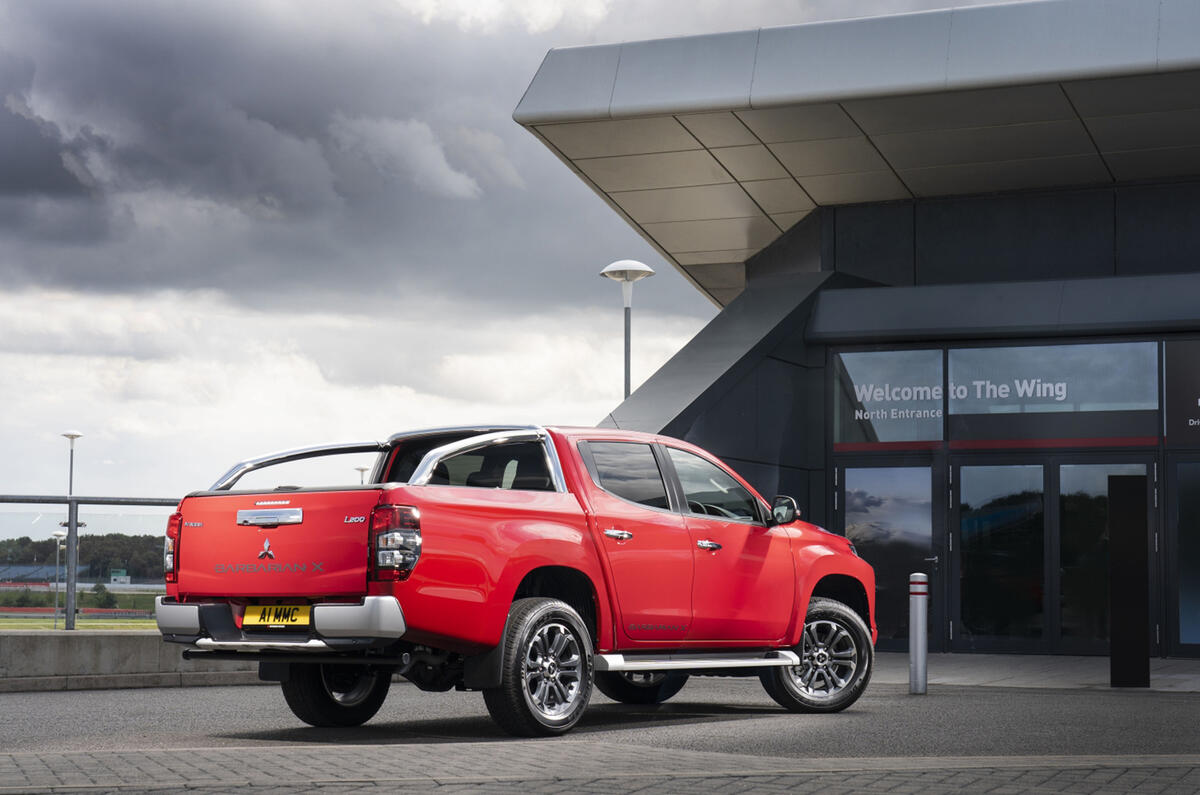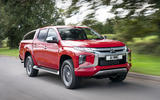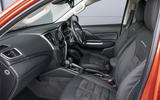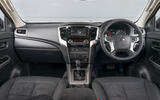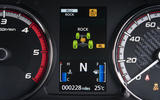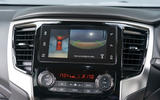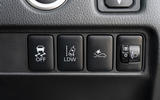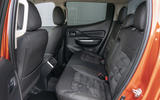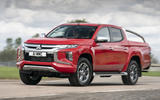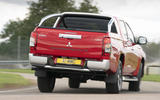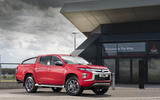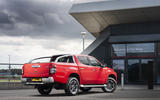Mitsubishi has been making hay with its Mitsubishi L200 pick-up truck since the end of the 1970s, and given the continued rise in popularity of four-door models like it, the sixth edition is very likely to be the most successful yet.
Mitsubishi has already sold 4.7 million copies of this Thai-built model around the world, and these days it accounts for one-third of all Mitsubishi sales in the UK. What's more, British buyers take a little less than half of all L200s sold in Europe, so the company’s Japanese bosses tend to take careful heed of local feedback – one reason why the model has been such an enduring success here.
The markedly more handsome sixth-edition L200 well reflects UK consumer comments: it's familiar in dimensions and mechanical elements but has been usefully improved in nearly every important aspect. The chassis frame and suspension (independent up front, leaf-sprung live axle behind) have had a rethink to give a better, quieter ride, and there’s a new all-alloy 2268cc, 148bhp diesel engine to cope with ever-tougher European clean air legislation.
The engine is actually a little smaller than the outgoing 2.4-litre unit (the previous model will continue selling in low-spec form for a couple of months) and sheds around 15bhp, although to maintain flexibility this peak is achieved about 500rpm lower in the rev range and maximum torque continues to be generous at 295lb ft.


